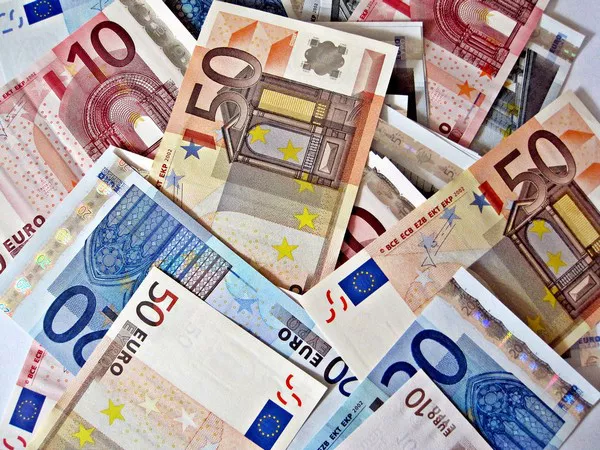In recent years, there has been much debate about the health of the European economy. Despite some positive signs, such as falling unemployment rates and increasing consumer confidence, many experts remain concerned about the region’s long-term prospects.
In this article, we will examine the current state of the European economy and evaluate whether or not it is in trouble.
The State of the European Economy
To understand the current state of the European economy, it is important to look at several key indicators:
GDP Growth: In the years following the global financial crisis, the European Union (EU) experienced sluggish economic growth. However, in 2017, the region’s GDP grew by 2.4%, which was the fastest pace in a decade. While growth slowed slightly in 2018 and 2019, the EU’s economy remained relatively stable.
Unemployment Rates: After peaking at 11.5% in early 2013, the EU’s unemployment rate fell steadily to 6.5% in December 2019. This decline was largely driven by strong job growth in countries such as Germany and Spain.
Inflation: The EU’s inflation rate has remained below the European Central Bank’s target of 2% for several years. However, in 2018 and 2019, inflation began to increase, reaching 1.7% in December 2019.
Consumer Confidence: Consumer confidence in the EU has been on an upward trend since mid-2016. In January 2020, the European Commission’s consumer confidence indicator stood at -8.1, which was the highest level since October 2018.
Overall, these indicators suggest that the European economy is currently in a relatively healthy state. However, there are several challenges that could impact the region’s long-term economic prospects.
Challenges Facing the European Economy
Brexit: The United Kingdom’s decision to leave the EU in 2016 has created significant uncertainty for the region’s economy. While a trade deal was agreed between the UK and the EU in December 2020, it remains to be seen how this will impact trade and investment between the two regions in the long term.
Debt Levels: Several countries in the EU, such as Greece and Italy, continue to struggle with high levels of debt. While these countries have received financial assistance from the EU and the International Monetary Fund, their debt levels remain a concern.
Demographic Changes: The European population is aging, which could have significant economic implications. As the number of retirees increases, there may be fewer workers to support the economy. This could lead to slower economic growth and higher healthcare costs.
Political Instability: The rise of populist movements across Europe has created political instability in several countries. These movements often advocate for policies that are at odds with the EU’s economic goals, such as protectionism and anti-immigration measures.
COVID-19 Pandemic: The COVID-19 pandemic has had a significant impact on the European economy. Many businesses have been forced to close, and unemployment rates have risen. While governments have implemented stimulus measures to support the economy, it remains to be seen how quickly the region will recover.
Conclusion
While the European economy is currently in a relatively healthy state, there are several challenges that could impact its long-term prospects. Brexit, high levels of debt, demographic changes, political instability, and the COVID-19 pandemic are all significant concerns.
However, the EU has shown resilience in the face of economic challenges in the past. With careful planning and cooperation, it is possible for the region to overcome these obstacles and continue to grow and prosper over the long term.


